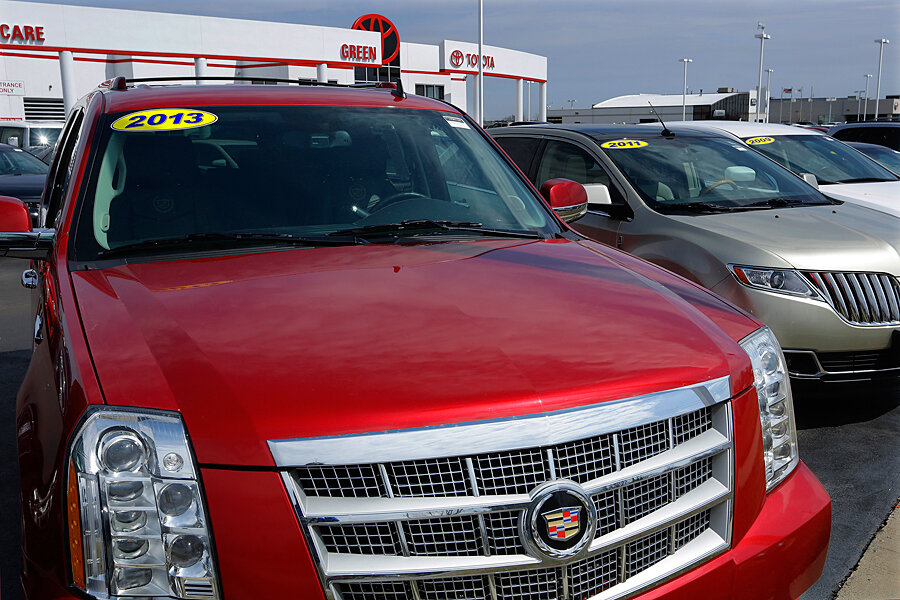Government to require rear-visibility technology in cars
Rear-facing cameras used to be a selling point for cars of the future. By May 2018, the feature will be required on nearly every new vehicle.
The National Highway Traffic Safety Administration (NHTSA) announced Monday that it is rolling out a rule that will require every new car, SUV, and minivan, as well as some new small trucks and buses to have rear-visibility technology by May 2018. The agency estimates the new rule will save lives each year and help curb the 15,000 injuries, mostly to young children and the elderly, that back-over accidents cause every year.
Already rear-visibility technology is available on two-thirds of the nation’s 50 top-selling vehicles, according to the Auto Alliance, an association of 12 top vehicle manufacturers. The technology must provide a field of view that includes a 10-foot by 20-foot zone directly behind the vehicle, in addition to other requirements including image size, linger time, response time, durability, and deactivation, according to the agency.
"Rear visibility requirements will save lives, and will save many families from the heartache suffered after these tragic incidents occur," says NHTSA Acting Administrator David Friedman in a statement. "We're already recommending this kind of life-saving technology... and encouraging consumers to consider it when buying cars today."
The NHTSA expects the system will cost about $140 per new vehicle, and even less for vehicles that already have the technology.
The ruling comes after a 2008 law required the agency to create regulation to combat the law. The law was named Cameron Gulbransen Kids Transportation Safety Act after a father accidentally backed over his 2-year-old son due to a blind spot in the back of his car that he says would have been prevented with rearview visibility technology. The agency found that, on average, there are 210 deaths per year caused by back-over accidents, and that children under age five account for 31 percent of these fatalities while adults over age 70 account for 26 percent.
Are rearview cameras the best technology to prevent these accidents? So far, research says yes.
The Insurance Institute for Highway Safety (IIHS) conducted a study released in March that found rear cameras are more effective than sensors at alerting drivers of someone in their back-up path. Back-up cameras reduced a vehicle’s blind spot by 90 percent on average, the study found.
“Back-overs represent only a small proportion of all crashes, but they are particularly tragic," says David Zuby, chief research officer for the IIHS in a statement on the study. "Cameras are the most promising technology for addressing these crashes, which frequently claim the lives of young children in the driveways of their own homes."
The IIHS also pointed out that combining rear-visibility cameras with auto-brake technology would provide ideal safety precautions, and that manufacturers should still consider visibility in their designs, regardless of the added camera function.
Auto manufacturers suggest that this technology could also be used to replace side and rearview mirrors.
“Today, the Alliance is petitioning NHTSA to allow automakers to use cameras as an option to the conventional side-view and rearview mirrors,” says the Auto Alliance in a statement. “Today’s mirrors provide a robust and simple means to view the surrounding areas of a vehicle. Cameras will open opportunities for additional design flexibility and innovation.”







